How Much Investment Do You Need For A Solar Farm?
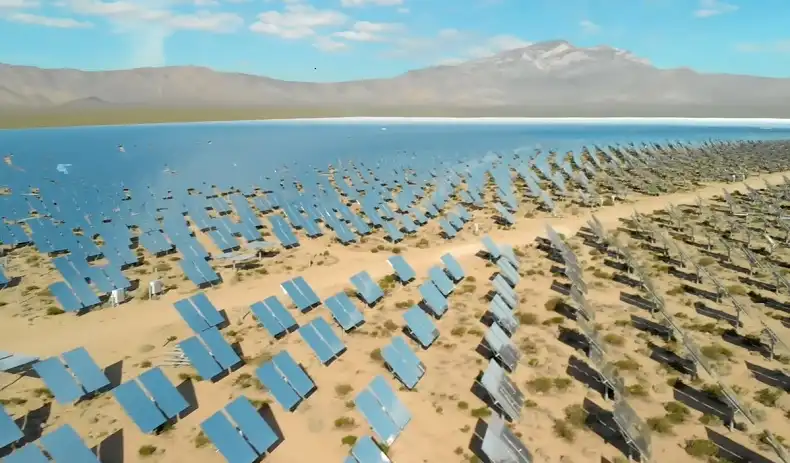
When it comes to alternative investments outside of traditional stocks and bonds, solar farms have emerged as an increasingly popular choice. But just how much investment do you need to get started with a solar farm?
Whether you’re an individual investor or a business looking to diversify your portfolio, understanding the costs involved in developing and operating a solar farm is crucial.
On average, the investment required for a solar farm ranges from $0.89 to $1.01 per watt. This means a 1 megawatt (MW) solar farm can cost between $890,000 and $1.01 million to build.
However, the total investment needed can vary significantly based on factors such as project size, location, and equipment choices.
In this article, we’ll break down the various components that contribute to solar farm costs, explore the potential returns on investment, and discuss the pros and cons of investing in this renewable energy source.
What is a Solar Farm?
Solar farms are large-scale solar installations designed to capture sunlight and convert it into electricity.
Unlike residential solar panels that typically power individual homes, solar farms generate power on a much larger scale, often providing energy for hundreds or thousands of households and businesses.
Definition And Purpose
A solar farm, also known as a solar park or solar power station, is a vast array of ground-mounted solar panels spread across a large area of land.
The primary purpose of these installations is to harness solar energy efficiently and feed it into the electrical grid for widespread distribution.
Types Of Solar Farms
There are two main types of solar farms, each serving different purposes and scales:
- Utility-Scale Solar Farms
Utility-scale solar farms are massive installations, often spanning hundreds of acres. These projects are typically developed by large energy companies or utilities to generate power that’s sold directly to the grid.
Utility-scale farms can range from 1 MW to over 1,000 MW in capacity, with the largest installations capable of powering entire cities.
- Community Solar Farms
Community solar projects are smaller in scale, usually ranging from 100 kW to 5 MW. These farms allow individuals, businesses, and organizations to benefit from solar energy without installing panels on their own property.
Participants subscribe to a portion of the farm’s output, receiving credits on their electricity bills for the energy produced by their share.
How Solar Farms Work
Understanding the basic principles behind solar farms can help investors appreciate the technology they’re investing in.
Basic Principles
Solar farms operate on the photovoltaic effect, where solar panels convert sunlight into electricity. When sunlight hits the solar cells, it excites electrons, creating an electric current.
This direct current (DC) electricity is then converted to alternating current (AC) for use in homes and businesses.
Components Of A Solar Farm
A typical solar farm consists of several key components:
- Solar panels: The primary component, responsible for capturing sunlight.
- Inverters: Convert DC electricity to AC electricity.
- Transformers: Step up the voltage for long-distance transmission.
- Mounting systems: Support structures that hold the panels in place.
- Monitoring and control systems: Ensure optimal performance and safety.
- Grid connection equipment: Allows the farm to feed electricity into the power grid.
Factors Influencing Solar Farm Costs
The cost of developing a solar farm can vary significantly based on several factors. Understanding these can help potential investors gauge the required investment more accurately.
1. Project Size
The size of the solar farm is perhaps the most significant factor in determining costs. Larger projects benefit from economies of scale, with per-watt costs generally decreasing as the project size increases. However, the total investment required naturally rises with larger installations.
2. Location
The geographical location of the solar farm plays a crucial role in both costs and potential returns. Factors to consider include:
- Land costs: Prices can vary dramatically depending on the region and proximity to urban areas.
- Solar irradiance: Areas with more sunlight will produce more energy, potentially justifying higher upfront costs.
- Local labor costs: Installation and maintenance expenses can differ by region.
- Grid connection costs: The proximity and capacity of nearby transmission infrastructure affect connection expenses.
3. Type Of Solar Panels
The choice of solar panels impacts both the initial investment and long-term performance. Options include:
- Monocrystalline panels: Higher efficiency but more expensive.
- Polycrystalline panels: Less efficient but more affordable.
- Thin-film panels: Flexible and potentially cheaper, but require more space.
4. Regulations And Permitting
Navigating local, state, and federal regulations can significantly impact project timelines and costs. Expenses related to permitting, environmental studies, and grid interconnection studies can add substantial amounts to the overall investment.
Investment Breakdown for Solar Farms
To better understand the total investment needed, let’s break down the costs into major categories:
1. Land Acquisition Costs
For a 1 MW solar farm, you typically need about 5-8 acres of land. Costs can range from $500 to $10,000 per acre, depending on location. Some developers opt to lease land instead, which can cost $200 to $1,000 per acre annually.
2. Development And Construction Costs
This category includes expenses for site preparation, installation labor, and project management. These costs typically account for about 10-20% of the total project cost.
3. Equipment Costs
Solar panels, inverters, and other hardware make up the bulk of the investment, often accounting for 50-60% of the total cost. Based on current market prices, expect to pay around $0.35 per watt for solar modules alone.
4. Operational And Maintenance Costs
While solar farms have relatively low operating costs compared to other power plants, you should budget for ongoing expenses. Annual operations and maintenance costs typically run about $15 per kilowatt of installed capacity.
So, How Much Investment Is Needed For A Solar Farm?
Now, let’s put all these factors together to estimate the total investment required for a solar farm.
1. Cost Per Watt
As mentioned in the introduction, the average cost per watt for utility-scale solar farms ranges from $0.89 to $1.01. This figure includes all the components we’ve discussed, from land acquisition to equipment and installation.
2. Examples Of Investment Ranges For Different Sizes
To give you a clearer picture, here are some examples of total investment needed for different sized solar farms:
- 1 MW solar farm: $890,000 – $1,010,000
- 5 MW solar farm: $4,450,000 – $5,050,000
- 10 MW solar farm: $8,900,000 – $10,100,000
Remember, these are rough estimates and actual costs can vary based on the factors we’ve discussed.
Return on Investment (ROI) for Solar Farms
While the upfront investment for a solar farm is substantial, the potential for long-term returns can make it an attractive option for many investors.
Factors Affecting ROI
Several factors influence the return on investment for a solar farm:
- Electricity prices in the area
- Available incentives and tax credits
- Power purchase agreement (PPA) terms
- System performance and degradation over time
- Operation and maintenance costs
Average Payback Periods
The payback period for a solar farm typically ranges from 5 to 10 years, depending on the factors mentioned above. After this period, the farm continues to generate revenue for its operational lifetime, which is usually 25-30 years.
Potential Earnings
Solar farms can generate significant revenue over their lifetime. A 1 MW solar farm can potentially earn around $40,000 to $80,000 annually from electricity sales, depending on local energy prices and production efficiency.
Pros and Cons of Investing in Solar Farms
Like any investment, solar farms come with their own set of advantages and disadvantages.
Advantages
- Steady, long-term income: Solar farms can provide consistent revenue for 25-30 years.
- Environmental benefits: Investing in clean energy helps combat climate change.
- Tax incentives: Many regions offer tax breaks for renewable energy investments.
- Diversification: Solar farms can help diversify an investment portfolio.
Disadvantages
- High upfront costs: The initial investment required is substantial.
- Land requirements: Solar farms need significant land area, which can be costly or difficult to acquire.
- Regulatory challenges: Navigating permits and regulations can be complex and time-consuming.
- Technology risks: Rapid advancements in solar technology could make current installations less competitive over time.
Alternatives to Direct Investment
For those interested in solar energy but unable to commit to building a solar farm, there are alternative investment options.
Solar Investment Funds
Several investment funds focus on solar and other renewable energy projects. These allow investors to benefit from solar farm returns without directly managing a project.
Community Solar Projects
Participating in a community solar project can be a way to invest in solar energy on a smaller scale, often with lower minimum investment requirements.
Final Words
Investing in a solar farm requires a significant upfront investment, typically ranging from $890,000 to over $1 million for a 1 MW installation.
However, with the potential for steady long-term returns and the satisfaction of contributing to a cleaner energy future, it can be an attractive option for the right investor.
Before diving in, carefully consider factors such as location, project size, and local energy markets. It’s also wise to consult with solar energy professionals and financial advisors to ensure that a solar farm investment aligns with your financial goals and risk tolerance.
Frequently Asked Questions
1. How Profitable Is Solar Farming?
Solar farming can be quite profitable, with potential earnings ranging between $21,250 and $42,500 per acre each year. The actual profit depends on various factors such as location, energy prices, and the size of the solar farm.
2. How Much Money Can A 5-Acre Solar Farm Make?
A 5-acre solar farm can generate between $21,250 and $42,500 annually. This income is based on the amount of electricity produced and sold, as well as the lease agreements in place if the land is rented out for solar development.
3. Are Solar Farms Worth Investing In?
Yes, solar farms can be a worthwhile investment. Many landowners and investors are turning to solar farming as a way to diversify income streams with renewable energy projects, which offer long-term returns and align with sustainable energy goals.
4. Is 20 Acres Enough For A Solar Farm?
Yes, 20 acres is generally enough for a solar farm, especially if the land is flat and open. This size of land can accommodate an average-sized solar panel farm, making it a good candidate for solar energy production.
5. How Much Does It Cost To Start A Solar Farm?
Starting a solar farm can be a significant investment, with costs ranging from $890,000 to $1.01 million for a 1 MW solar farm. The exact cost depends on the location, size, and specific requirements of the project.
6. Is 3 Acres Enough For A Solar Farm?
Typically, 3 acres is not sufficient for a full-scale solar farm. As a rule of thumb, each direct current (DC) megawatt requires about five acres of buildable land. However, smaller solar projects may be possible on 3 acres, depending on the setup and energy goals.

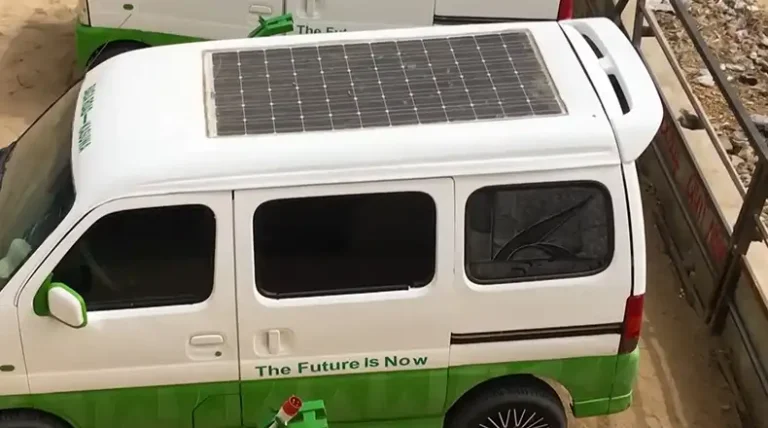
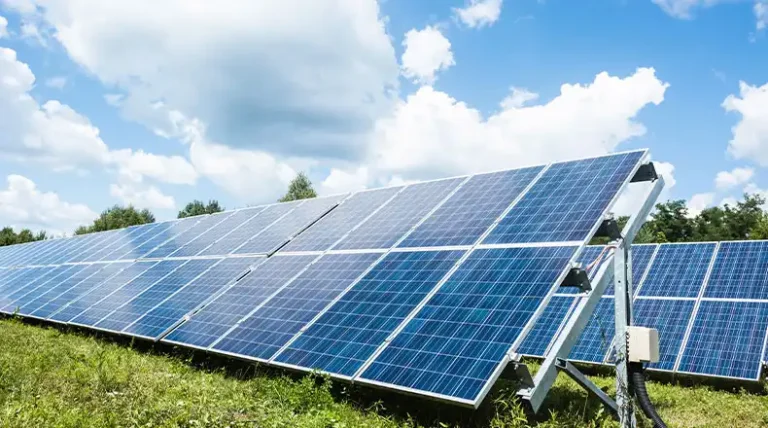
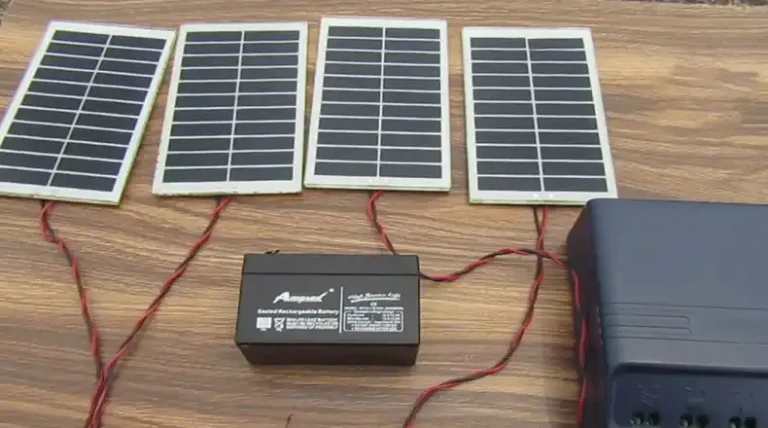
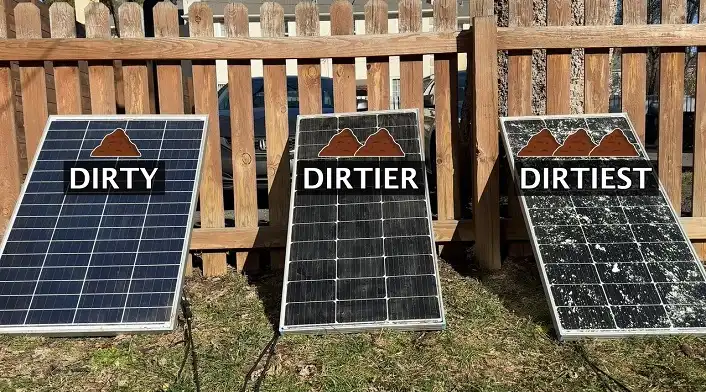
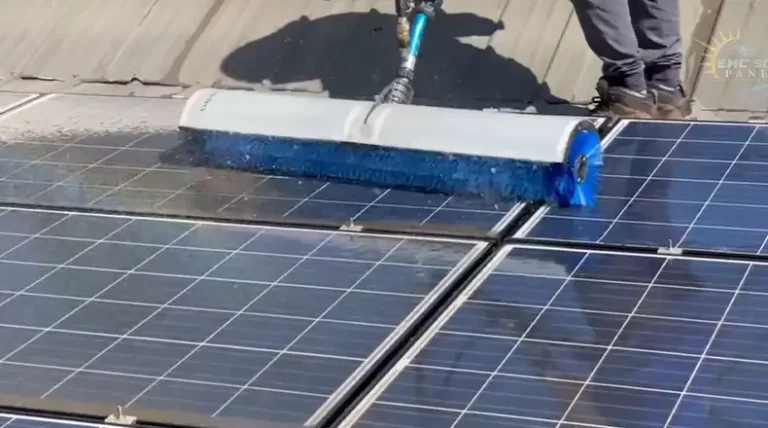
![[Answered] How Many Solar Panel Required To Charge 300ah Battery?](https://www.itekenergy.com/wp-content/uploads/2023/08/solar-panel-required-to-charge-300ah-battery-768x428.jpg)